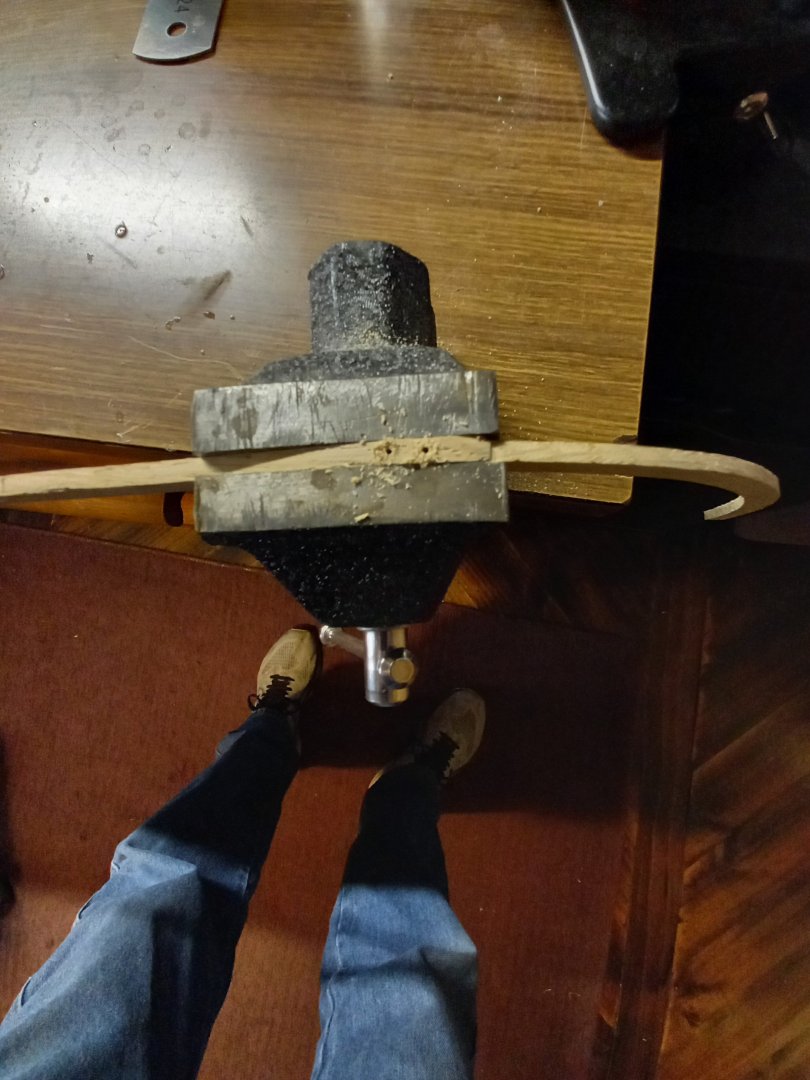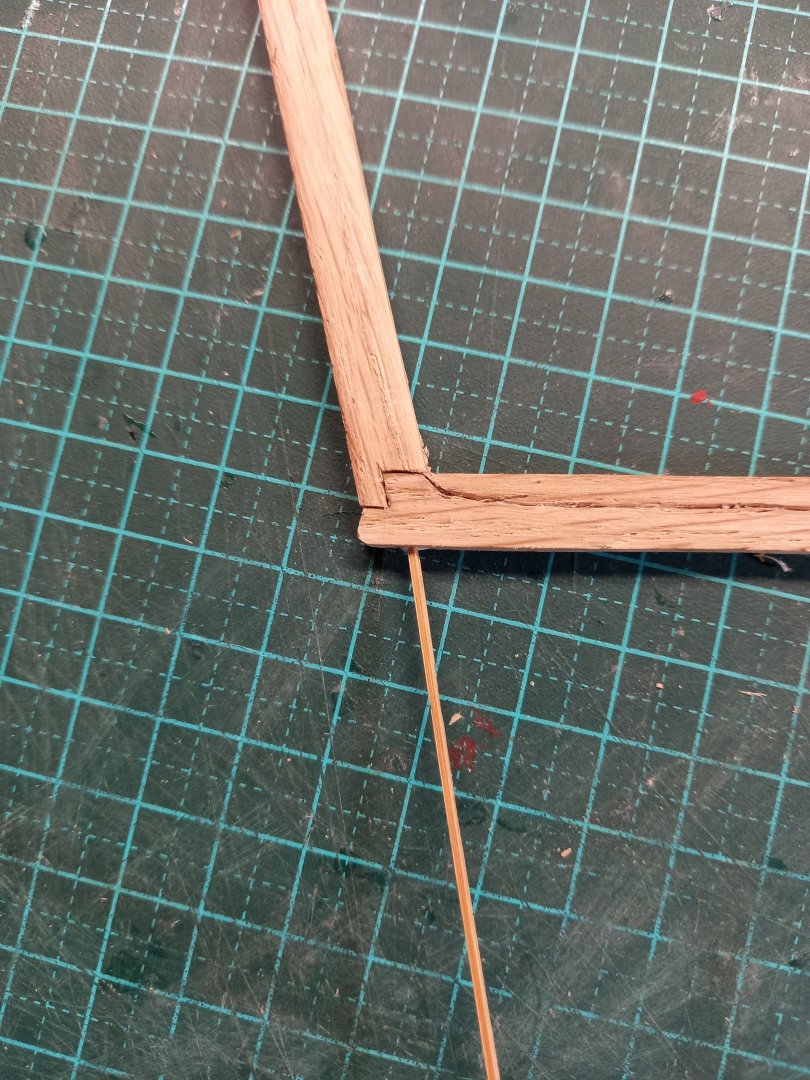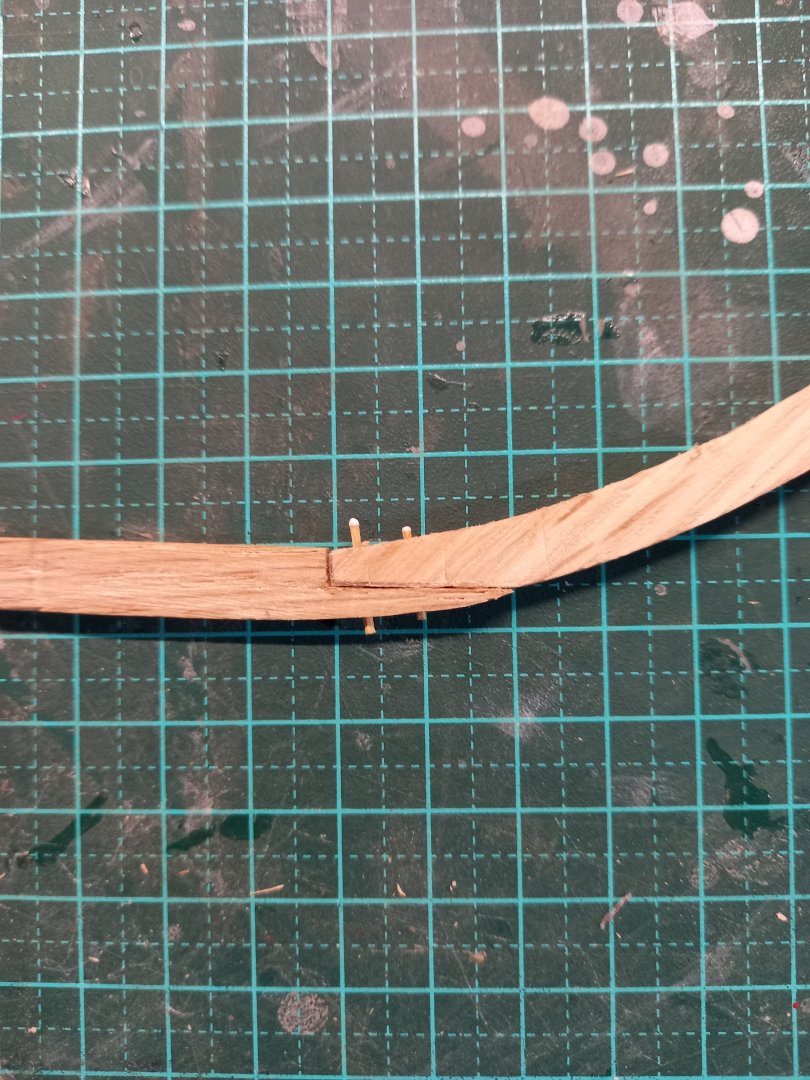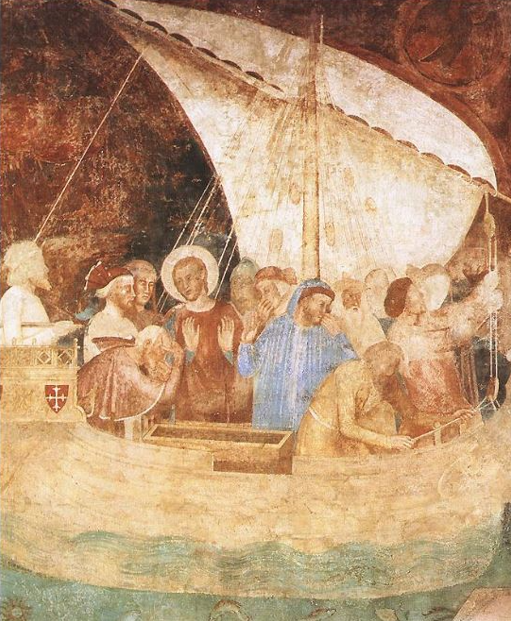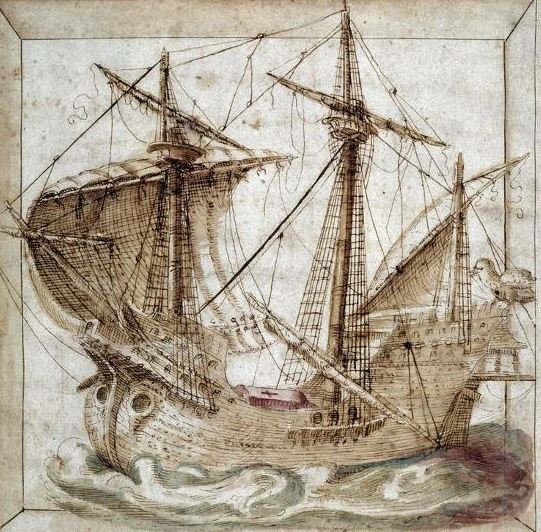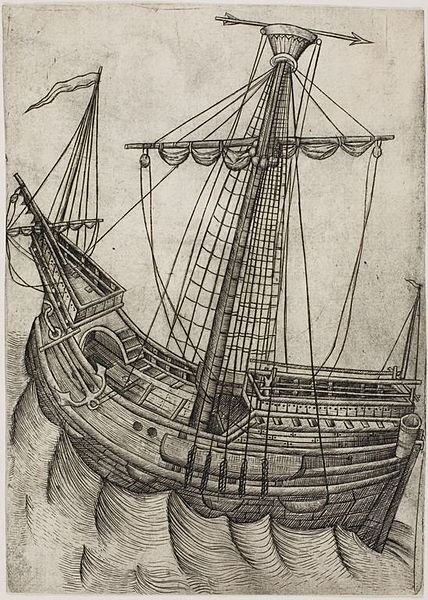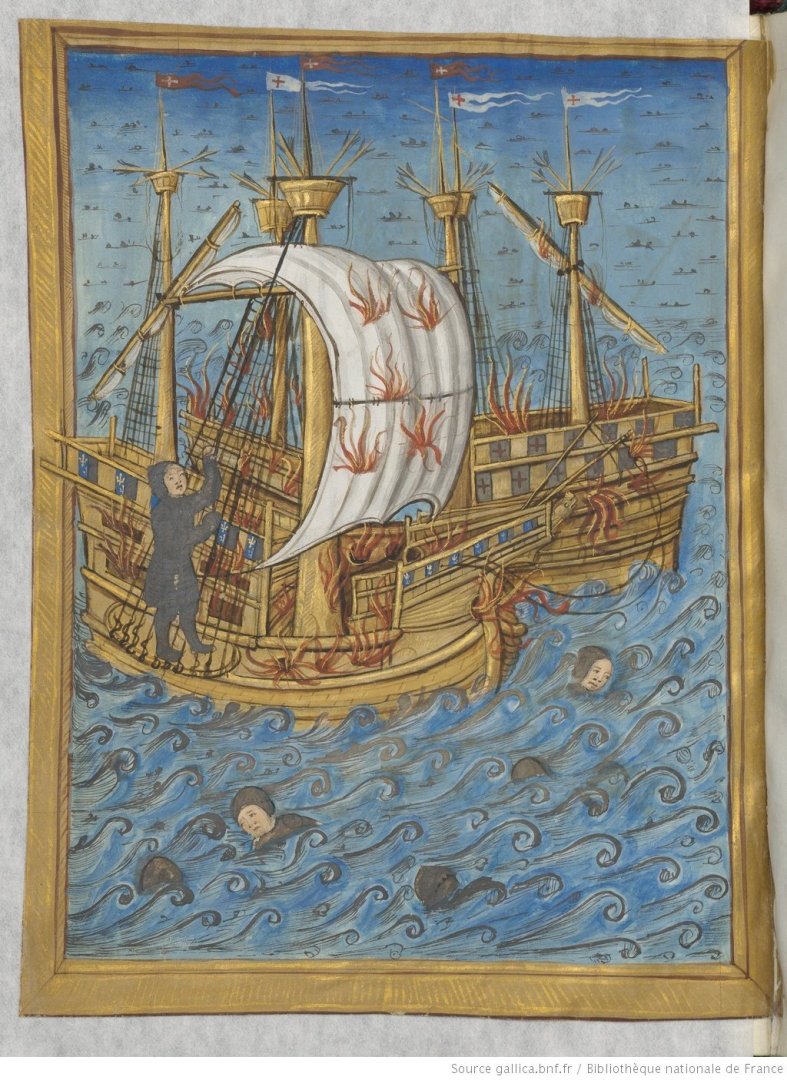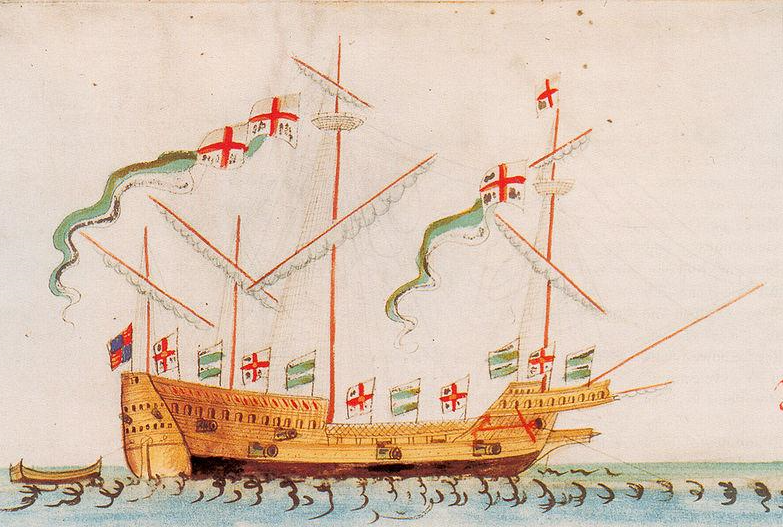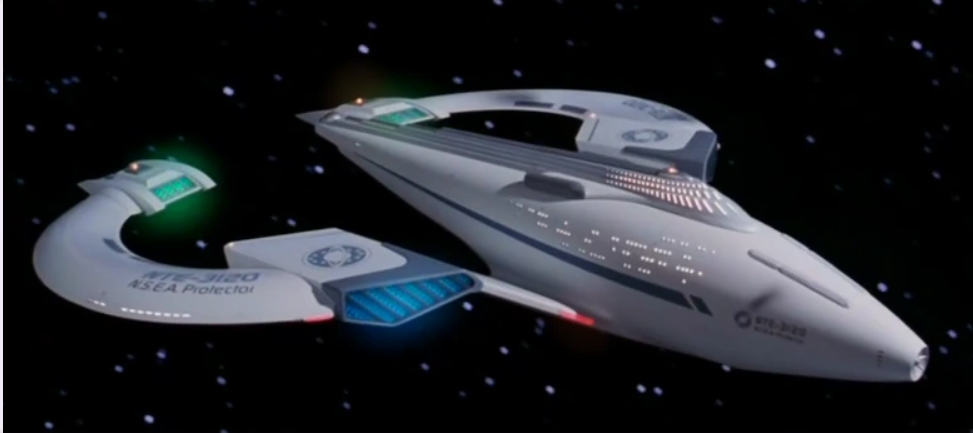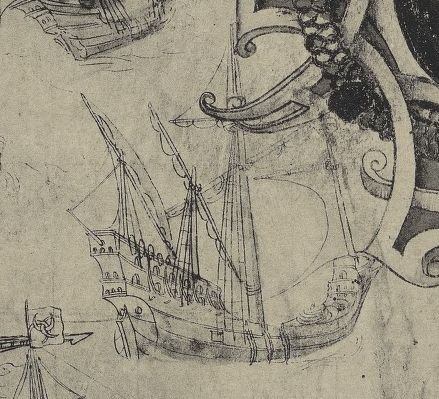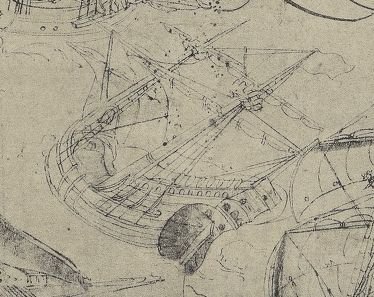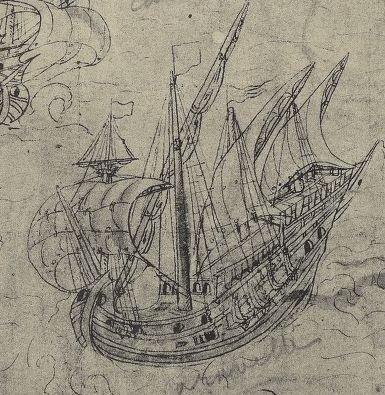-
Posts
7,987 -
Joined
-
Last visited
Content Type
Profiles
Forums
Gallery
Events
Everything posted by Louie da fly
-
I love watching your work, Patrick. That forecastle is looking magnificent. And very believable as a practical piece of 'equipment'. Looking forward to your shields. As someone who's used shields in re-enactment combat and made quite a study of them, if you want any help with their historical accuracy, feel free to ask. Steven
-
Yes, my experience with oak was instructive. I knew the issues regarding grain, but the pieces I had seemed to be considerably finer than the usual run-of-the-mill oak you see around the place. But even then it turned out to be too coarse for the work I was asking it to do. I agree about fruit woods. My previous models have used (mostly) walnut and sometimes pear for finer things like deck furniture, blocks etc. I've discovered that apricot wood is finer grained than pear (we cut down an apricot tree in our garden - it was being attacked by some sort of parasite and couldn't be saved, but the wood was ok). And we cut down a big plum tree in our garden as well, and I got the wood, but I haven't tried using it yet. Yes, green oak is far easier to work, and in fact I've seen freshly cut oak used - for example in house building (I watch Grand Designs) and in the replica of the Sutton Hoo ship that's under construction at the moment. By the way, you think oak is hard and tough, you ought to try working with some of the Australian hardwoods! Karri in particular is incredibly tough. Steven
-
Reinforcing the joints between the keel and the stempost and sternpost. I drilled holes through the joints then inserted bamboo pegs. It made the joints much stronger - I don't have to worry now about snapping them off in a moment of inattention. I've started carving the rabbet, but the oak grain is really not fine enough to do this well, and I'm considering starting again with a different timber, perhaps walnut or plum, which will take the rabbet better. Steven
-
Very appropriate. What the Vikings would call Orm - a "worm" (serpent/dragon). At the battle of Svolder King Olaf Trygvasson had a longship called the Serpent (Orm) and another, bigger one called the Ormurin Langi (long serpent). Steven
-
Interesting thought. To me it looks as if the two at far left and far right are level with each other, both at the front corner of the 'cabin', and the rear one is at the back corner (starboard), but that leaves the question 'where's the one for the port back corner?' Or it could just be that he bunged flags wherever he could fit them. I dunno. Up to you, mate, whatever you feel is right. It's your model, after all. Best wishes, Steven
-
Keep in mind that these reconstruction drawings are modern interpretations, and I for one can't see any evidence to justify these 'prows'. I like your way of doing it far better. I think the angle of the bowsprit looks far closer to the Anthony Roll depiction than those of the two modern reconstructions. So go with it. The height of the bulwark above the deck - one metre - is what is specified here in Oz for any structure such as a railing on a raised floor/balcony etc. So I think you're on the money there. The triangular 'cabin' surprised me a bit. I would have thought the Anthony Roll shows the walls parallel to the sides of the forecastle. But this is very open to interpretation, and I'm by no means going to say you're wrong in doing it this way. Overall, I'm gobsmacked. You're doing a beautiful job! Steven
-
Yes, unfortunately the Botticelli Judgment of Paris picture (and, for that matter his Punishment of Korah - he just seems to recycled the same ship) is the same - no hatch covers. I read somewhere that the 'pierced' hatch covers made of criss-cross battens were a fairly late development, intended to allow gunsmoke to disperse. But I don't know what evidence that conclusion was based on. The 'removable planks' idea - I think Viking ships used that technique (don't quote me, I'm not sure), and I first saw it on a model of Woodrat's. Unfortunately the information just isn't out there as far as I've been able to find. Contemporary images hardly ever show ships from a helpful angle, and if they do, the hatch is often shown without a cover - oh, look! another one that's no help at all . . . no cover on the hatch. I feel like the guy leaning over it - frustrated. Andrea di Bonauito de Firenze - Conversion of st ranieri Camposanto of Pisa - mid 14th century after a 13th century Giotto original And is this a hatch cover or a coffin? (sorry, I don't know the source) And is this a multi-plank hatch cover? Or something completely different? 1475-85 by 'Master W with the Key' - Netherlands? And how about this one? 1514-1515 Le_combat_de_la Cordeliere by Pierre Choque bnf btv1b525080522 and archaeology so far has been no help as almost all wrecks are missing the upper works. However, the Black Sea wrecks might be a worthwhile source of information, as they seem to be pretty much intact - maybe the hatch covers are intact, too. Might be worth following up. Steven Steven
-
Good to know, mate. I realised I'd not been in touch and had no idea how things were going with you. I hate it when people just seem to drop off the forum and you never know what's happened to them or if they're still out there. I'm glad you're enjoying reading the build logs (including mine!) - I find a lot of enjoyment simply doing that even when I'm not actively building. You don't have to build to enjoy being on the forum. I'm currently at a bit of a slow patch, not sure what is my best next step. And sometimes I have to just stop and let things percolate mentally before I know what is best to do next. (OTOH sometimes I rush into things without thinking them through enough first, but hey, I never said I had to be consistent). Good to hear from you. Best wishes, Steven
-
Waldemar is correct. Oak planking was used where a strong timber was structurally preferable; the rest of the planking was of pine. Mark, at the moment I probably have enough oak to get me by, so I won't ask you to go to all that trouble. But I might get back in touch with you later. We'll see how it goes . . . Steven
-
So many things. A "galleass" from the Anthony Roll (not a Mediterranean style oared galleass at all - a sort of low version of a galleon) Brunel's Great Britain, a reconstruction from a graffito in Hagia Sofia cathedral in Istanbul, the Grace Dieu of Henry V (not to be confused with Henry VIII's Henry Grace a Dieu), HMS Captain (which turned turtle and sank in a gentle squall because of her bad design, taking the crew - and the designer - with her), HMS Thunder Child from H.G. Wells's War of the Worlds, HMS Sophie from Master and Commander, a Maltese luzzu, perhaps an Australian pearling lugger, a French pre-dreadnought, an Indonesian fishing boat, a galleon from 1545, one of the earliest carracks from a church pew-end in England from 1415, an early Mediterranean carrack from before the shape had been "tied down", another Mediterranean mediaeval merchant ship . . . the list is endless. And perhaps the NSEA Protector from Galaxy Quest. And of course the Liberator from Blake's Seven. Steven
- 176 replies
-
- la reale de france
- heller
-
(and 2 more)
Tagged with:
-
How about one of the more complex ones? These are all from a map of Normandy from 1545. I've had the first one on my bucket list for years. Steven
- 176 replies
-
- la reale de france
- heller
-
(and 2 more)
Tagged with:
-
You've done very well with her. Turned out beautifully. So - what's next? Steven
- 176 replies
-
- la reale de france
- heller
-
(and 2 more)
Tagged with:
-
I changed my mind about making the keel of four pieces. Based on previous attempts, I'm not all that confident of making the scarph joints well enough to get a good fit, so instead I've made the keel from a single piece and faked the scarph joints by inscribing lines on the wood. I'm using oak for the keel, stempost and sternpost and I only have a limited amount of it, so I have to be careful about wastage. These three elements are to be 3mm (1/8") thick, though the keel and sternpost are slightly thicker than the stempost and I'll have to sand them down so everything's the same. I'm contemplating putting thin wooden pegs between these pieces to strengthen the joints. Here it is dry fitted against the drawing. Gluing them in place I wanted to make sure the angles followed the drawing exactly, but didn't want to stick the wood to the paper. So after a bit of thought, I cut up the transparent plastic lid of a yoghurt container and placed the plastic between the wood and the paper. Voila! (and it worked!) I chose oak because - what the hey - that's what they made the ship out of, but even though the grain is finer than the usual oak you get, it's still a bit hard to work with. I'll be making the frames of oak as well (2mm thick), building them up out of futtocks as in the real thing. If I run out of it, I'll use another timber (probably walnut) for the remainder of the frames. They'll be hidden within the hull, after all. Mediterranean shipwrights of the time would put every fifth frame in place and then fill in between with the other frames. I'm going to do it every fourth frame - mainly because it's more convenient - the wreck's measurements were determined in relation to a grid of 1.0 metre squares, and the frames are 0.5 metres apart, so dividing by 4 is easier than by 5. The original was planked with oak and pine (depending on where it was on the hull) and I'll be using walnut (in place of oak) and pine. Steven
-
Thanks, guys. All I now need to do is paint the name on the nameplate and stick it onto the stand and she's finished! Steven
- 110 replies
-
- Paddlewheeler
- Ballarat
-
(and 3 more)
Tagged with:
-
Not going to happen, mate. I've done all I want to on this one. I'll be glad to draw a line under it without adding anything else to do. Time to get back onto the Lomellina! Steven
- 110 replies
-
- Paddlewheeler
- Ballarat
-
(and 3 more)
Tagged with:
-
I've planned to make a model of the Lomellina for over 6 years now, since I found out about her. But she was discovered in (I think) 1979 and the excavation was done over the following decade. Yes, there's just not enough of the ship left to know the bow shape - at the bow only the keel survives. So it has to be done by educated guesswork - extrapolated from what does survive. And extrapolation of this magnitude is risky - it's impossible to know for sure whether or not you've selected the correct curve. Though I don't have access to the contemporary text the author quotes, I have spent a lot of time looking at many many contemporary representations of carracks, and I believe I have a pretty good idea of what the bow shape should be. You make a good point regarding the guns and the wheels, but I believe Max Guérout is correct. Apart from anything else, why would they make wheels for field guns but leave them incomplete, without iron tyres? If they were needed in a hurry they would have had to wait till the tyres were made and fitted, which seems unlikely to me. Regarding spaces for gunports, the bottom of the gunport that was discovered was level with the top of a stringer which they have marked as S1, and though the ship had come to rest at an angle of 45 degrees, with the mud above it preserving much of the starboard side, unfortunately there was not a lot surviving above S1. On examining the drawings I thought I'd found another gunport in the region of the master frame, as the frames and planking seemed to be cut off in a straight line there, which argued for an opening - though it was one frame (about 500mm) narrower than the gunport that was found. However, Max Guérout sent me a photo of the relevant part of the ship and unfortunately I had to come to the conclusion that I'd been wrong. And most of the rest of the surviving hull is preserved far enough above S1 that there seems to be hardly anywhere for any other gunports to be. I believe the statement 'very well armed' has to be taken in context. Up till the very end of the 15th century, guns were light, as they had to be mounted on the gunwales. So at this time, a dozen guns would have made the ship 'very well armed'. Her predecessor (also called Lomellina) sank in 1503 and I'm of the opinion that the owners would have had a replacement built as soon as possible, so I should think she was probably built in 1503 or maybe 1504. And gunports were so new at this time that I'm quite prepared to believe that they were very wary of them, and that it's very likely that they only had one per side (as shown in the illustration above of the fleet outside Genoa) and that the other guns were located on the upper deck, pointing over the gunwales. Which necessitated larger wheels to lift them high enough to do so. This seems to have been the case with the Mary Rose - each gun had its wheels individually tailored to raise the muzzle high enough for use. That information about the mast protruding from the water 2 canes is useful to me. The water is 18 metres deep, so the height of the masthead (assuming the mast remained complete) above the seabed there would be 21 metres. But she came to rest at 45 degrees, so we would have to multiply the mast height above the seabed by 1.414 (the tangent of 45 degrees) and then allow for the depth of the hull as well. Taking into account all the uncertainties built into this assumption, this might still give a fairly good estimate of the height of the mainmast. I've worked it out by proportion from contemporary pictures, and it will be interesting to see whether the two figures agree. Thanks for the good wishes, and the offer of translation help. Interestingly, I recently joined a French conversation group here in Ballarat, and for the first time about a week ago I was able to read a full paper in the original French (with occasional journeys to Google Translate for words I didn't know). But if I find myself at a loss, I'll keep you in mind. And now, enfin, I've started making sawdust. Here's the stempost (not recovered by the archaeologists), and the piece of wood from which the keel and stempost will be made. As all the segments of the keel except one were found (and they know the length of the gap where that segment used to be), I think I will be making my keel out of four pieces copying the real ones. The sternpost wasn't found either, but they have a good idea of its size and angle. Best wishes, Steven
-
So . . . straight to the pool room? Steven
- 110 replies
-
- Paddlewheeler
- Ballarat
-
(and 3 more)
Tagged with:
About us
Modelshipworld - Advancing Ship Modeling through Research
SSL Secured
Your security is important for us so this Website is SSL-Secured
NRG Mailing Address
Nautical Research Guild
237 South Lincoln Street
Westmont IL, 60559-1917
Model Ship World ® and the MSW logo are Registered Trademarks, and belong to the Nautical Research Guild (United States Patent and Trademark Office: No. 6,929,264 & No. 6,929,274, registered Dec. 20, 2022)
Helpful Links
About the NRG
If you enjoy building ship models that are historically accurate as well as beautiful, then The Nautical Research Guild (NRG) is just right for you.
The Guild is a non-profit educational organization whose mission is to “Advance Ship Modeling Through Research”. We provide support to our members in their efforts to raise the quality of their model ships.
The Nautical Research Guild has published our world-renowned quarterly magazine, The Nautical Research Journal, since 1955. The pages of the Journal are full of articles by accomplished ship modelers who show you how they create those exquisite details on their models, and by maritime historians who show you the correct details to build. The Journal is available in both print and digital editions. Go to the NRG web site (www.thenrg.org) to download a complimentary digital copy of the Journal. The NRG also publishes plan sets, books and compilations of back issues of the Journal and the former Ships in Scale and Model Ship Builder magazines.





